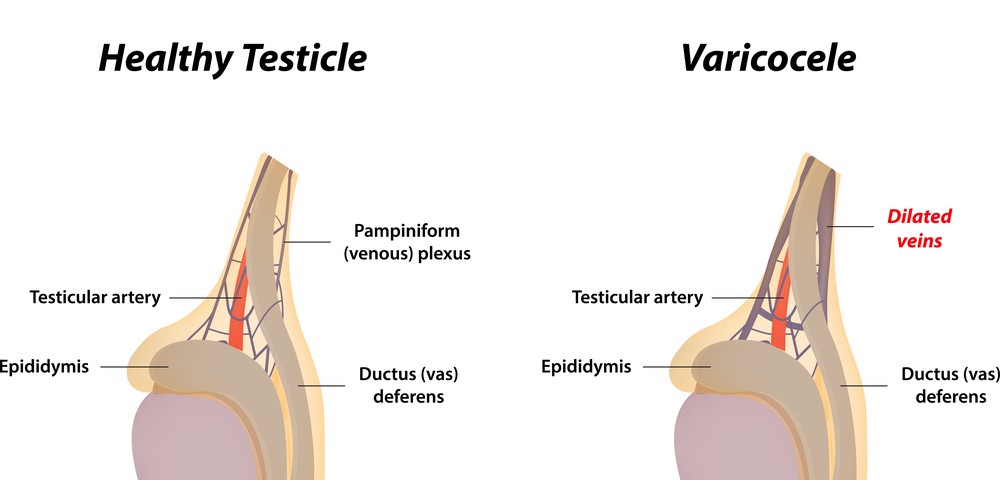Researchers in China may have identified an important, but possibly overlooked, factor that impacts prostate and urinary problems in older men. The report suggests that varicoceles increase with age and as they do, the prostate enlarges, causing urinary problems at night.
The report, “The Prevalence and Association of Varicoceles on Male Patients with Benign Prostatic Hyperplasia / Lower Urinary Tract Symptoms,“ appeared in the journal Urology.
Varicoceles are enlarged veins of the scrotum. Between 10 and 15 percent of men will develop this problem, which was previously believed to be fairly harmless.
The authors of the study, led by Hu Han of the Department of Urology, Beijing Chao-Yang Hospital, Capital Medical University, analyzed whether there was an association between having varicoceles and the occurrence of benign prostatic hyperplasia (BPH), as well as lower urinary tract symptoms, including urination at night during sleep.
The study included 831 men age 40 and older with BPH and lower urinary symptoms. The researchers assessed varioceles via a physical examination and by using a method known as scrotal color Doppler.
About half the men in the study had varioceles (53 percent). Varioceles increased with age, according to the researchers, who stated “varicoceles in patients 40-49, 50-59, 60-69, 70-79 years old and 80 or above were 43.0 percent, 42.4 percent, 54.0 percent, 59.5 percent, and 64.0 percent, respectively.”
More severe varioceles were associated with an increase in the volume of the prostate. Men with varioceles were more likely to have nighttime urination.
The investigators noted, “For elderly patients, the prevalence of varicocele shows an increasing trend with aging. Higher-grade varicoceles are associated with higher [prostate volume] and nocturia levels.”
The research indicates that varioceles are not as harmless as previously believed, and can be associated with symptoms that impact health and quality of life in older men. Varioceles in younger men are associated with decreased testosterone function and decreased fertility.
The authors speculated that declines in testosterone may also be present in elderly men with varioceles. There has been some speculation that decreased testosterone could impact the growth of the prostate, but so far there is no convincing evidence to show that connection. More research is needed to understand the relationship between varioceles and enlargement of the prostate.

